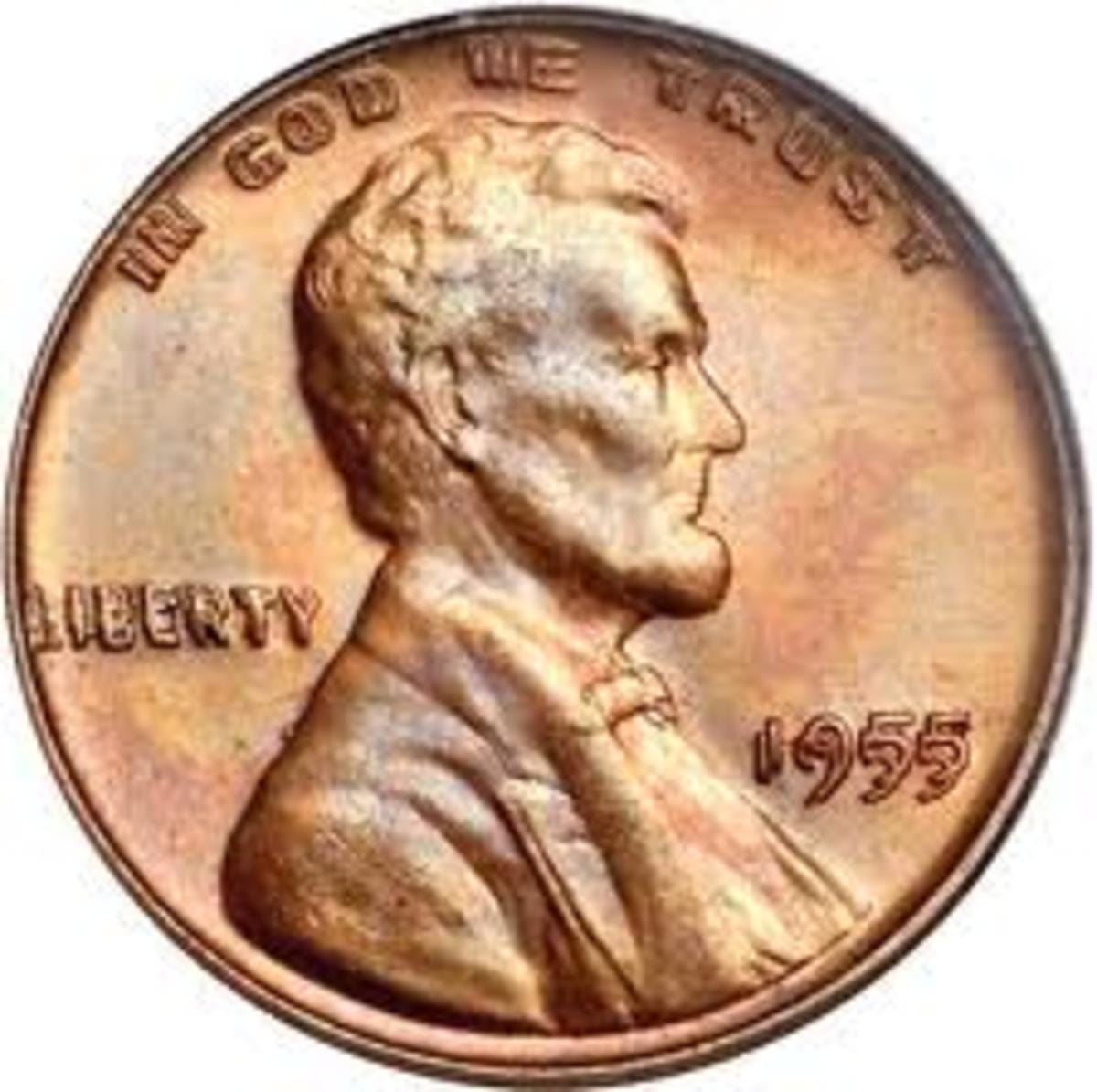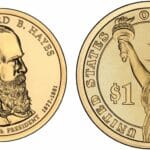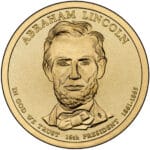Not all wheat pennies are created equal. Some are worth face value, while others command hundreds or even thousands of dollars. This comprehensive guide unlocks the secrets of valuable wheat pennies, exploring key dates, mint marks, errors, grading, and where to find these numismatic treasures. Discover how a simple coin can become a valuable collectible.
Identifying Valuable Wheat Pennies
Certain wheat pennies are inherently more valuable due to their scarcity. This scarcity is often linked to lower mintage numbers for specific years and mint marks. Understanding these key factors is the first step in identifying a potentially valuable wheat penny.
Key Dates and Mint Marks
Some wheat pennies are highly sought after simply because fewer were made. The year and mint mark (a small letter indicating where the coin was made) are crucial. Here are some key dates and mint marks to watch for:
- 1909-S VDB: This is the holy grail of wheat pennies. The “S” denotes the San Francisco mint, and “VDB” are the initials of the designer, Victor David Brenner. Its low mintage makes it highly valuable, potentially reaching several thousand dollars in pristine condition.
- 1914-D: Minted in Denver (marked with a “D”), this penny is less rare than the 1909-S VDB, but still a desirable find. Its value can range from a few dollars to hundreds, depending on condition.
- 1922-D (No D): This unique penny is a result of a minting error. Some 1922-D pennies were mistakenly struck without the “D” mint mark, making them quite scarce and, therefore, more valuable.
- 1931-S: Another San Francisco mint penny! The low mintage for this year contributes to its potential value.
Error Coins: Imperfectly Perfect
Sometimes, imperfections make a coin even more valuable. Mistakes during the minting process can result in unique and highly sought-after error coins:
- 1943 Copper: During World War II, pennies were made of steel to conserve copper. However, a small number of copper pennies were accidentally struck in 1943. These are exceptionally rare and potentially worth tens of thousands of dollars or more, with some experts believing even higher valuations are possible. Note: Many purported 1943 copper pennies are counterfeits or altered coins; genuine examples are extremely scarce.
- 1944 Steel: The reverse occurred in 1944. A few steel pennies were mistakenly struck when they were supposed to be copper. These are also quite rare.
- 1955 Doubled Die: A doubled die occurs when the minting die is improperly created, resulting in a doubled image. While not as scarce as the 1943 copper or 1944 steel pennies, the 1955 doubled die is still quite valuable.
Grading and Condition: Preservation Pays
Just like with any collectible, condition dramatically affects a penny’s value. A pristine, uncirculated penny will command a significantly higher price than a worn, circulated one. Professional coin grading services evaluate and assign grades to coins based on their condition, using a numerical scale (e.g., the Sheldon scale ranging from 1 to 70). Understanding grading is crucial for accurately assessing a penny’s worth.
Where to Find Wheat Pennies & Further Research
The thrill of the hunt is part of the fun! Potential sources of valuable wheat pennies include:
- Inherited Collections: Family heirlooms can sometimes contain numismatic treasures.
- Coin Jars and Pocket Change: You never know what might be hiding in plain sight!
- Flea Markets and Antique Shops: These venues can be excellent hunting grounds for old coins.
- Coin Shows: Connect with other collectors and dealers.
For deeper dives into the world of numismatics, consult resources like:
- The “Red Book” (A Guide Book of United States Coins): A trusted resource for coin collectors.
- Online Forums and Websites: Numerous online communities and websites offer valuable information.
- Reputable Coin Dealers: Expert advice and appraisals can help you determine the true value of your finds.
How to Determine if Your Wheat Penny Is Valuable
Several factors contribute to a wheat penny’s value. It’s like a puzzle – the pieces fit together to reveal the overall worth:
Date and Mint Mark: The Foundation of Value
Some wheat pennies are scarcer due to lower mintage numbers. The 1909-S VDB, 1914-D, 1922-D (no D), and 1931-S are particularly noteworthy.
Condition: Preservation’s Impact
A well-preserved penny will be worth considerably more than a worn one. Factors like sharp details, crisp edges, and minimal wear influence a coin’s grade and, ultimately, its value.
Error Coins: Imperfections that Add Value
Errors during production can create unique and valuable coins. Look for doubled dies, off-center strikes, and other anomalies. The 1943 copper and 1944 steel pennies are prime examples.
Professional Grading: Certification of Authenticity
Professional grading services can assess your coin’s condition and assign a grade, increasing its value and providing buyers with confidence. Two respected services are PCGS (Professional Coin Grading Service) and NGC (Numismatic Guaranty Corporation).
Why Some 1944 Wheat Pennies are So Valuable
While most 1944 wheat pennies are worth slightly above face value due to their copper content (around 15 cents), certain factors can dramatically increase their worth.
Key Factors
- Condition: Uncirculated pennies command higher prices.
- Mint Mark: Mint marks can indicate rarity. A 1944-S (San Francisco) is generally more valuable than a 1944 (Philadelphia).
- Errors: The 1944 steel penny, a rare minting error, is exceptionally valuable.
Unveiling the Rarity of the 1944 Steel Penny
The 1944 steel penny resulted from a production mishap, where a steel planchet was used instead of copper. These rare coins are incredibly valuable. Other errors, like the D/S mint mark error or off-center strikes, also add to a penny’s worth. Explore the intriguing journey of William Guarnere and the concept of yieldedness.
This guide provides a deeper understanding of wheat penny values. Remember, the numismatic world is dynamic. Staying informed, seeking expert advice, and using reputable resources are key to navigating this exciting field. Happy hunting!
- Unlocking 2-Letter Words with U: The Definitive Guide - April 4, 2025
- Unlock Words with the Letters THREE: Top Unscramble Tools 2025 - April 4, 2025
- Master Scrabble: X & Z Words for High Scores - April 4, 2025
















